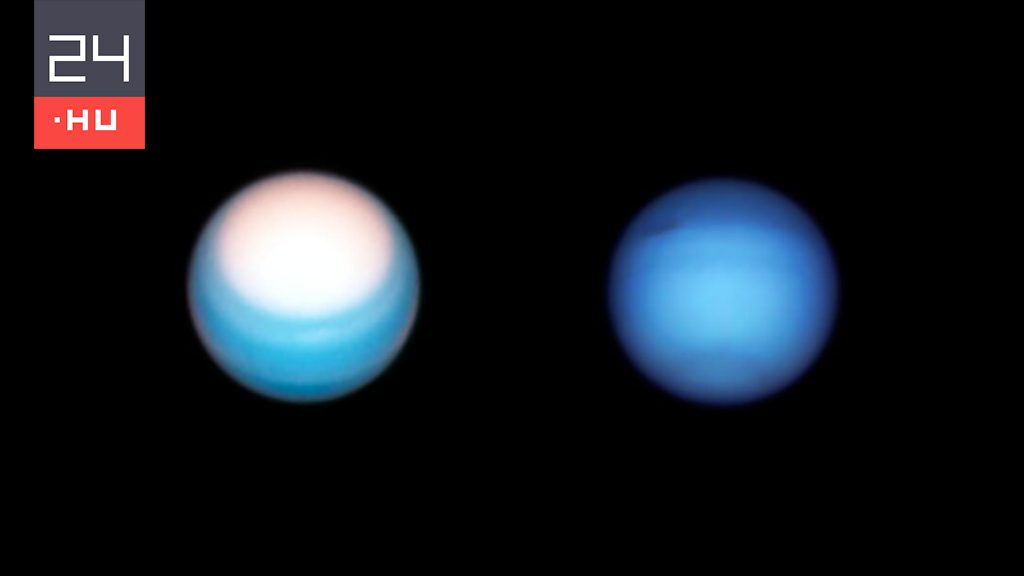It may be clear why the two gas giants, Uranus and Neptune, which are very similar in composition, have a different color – read EurekAlert In a press release. Based on observations from another telescope from Gemini North, Hubble, and NASA, researchers have developed an atmospheric model that meets the characteristics of both planets. This reveals that fog is accumulating in the sluggish atmosphere of Uranus and thus appears lighter in tone by Neptune.
Neptune and Uranus have a lot in common – they are similar in mass, size, and composition of the atmosphere – but their appearance is very different. At visible wavelengths, Neptune is clearly bluish, while Uranus is a pale cyan. Now astronomers seem to finally know why the two planets are so different in color.
Previous studies of the upper atmospheres of planets have focused on the appearance of the atmosphere at certain wavelengths. However, this new model, led by researchers at Oxford University, compares observations from both planets over a wide range of wavelengths. The new model also examines fog particles in deeper layers that were previously thought to cover only methane and hydrogen sulfide ice clouds.
The research team’s model examines three layers of aerosols at different altitudes. The layer that affects the colors is the middle layer, which is a band of fuzzy particles and is thicker on Uranus than on Neptune. Researchers believe that methane ice on both planets condenses on particles in the layer and pulls them deeper into the atmosphere. Since Neptune’s atmosphere is more active than that of Uranus, Neptune’s atmosphere may be more efficient at moving methane particles into the nebula and thus producing methane ice. This makes the layer of the Neptune nebula thinner than it appears on Uranus, which means that the blue color of Neptune appears stronger.












































